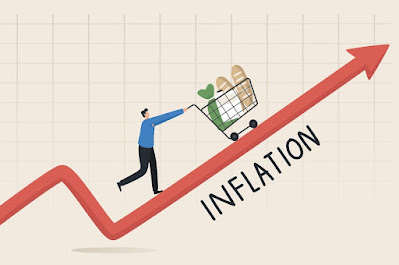Budgeting Basics
 |
| Using Mint to set budgets and keep track of expenses. |
Food, mortgage, insurance, discretionary spending, it's all there.
I've been keeping track of our spending since 2010. Originally, I used old envelopes, labelled by category, to hold receipts with an ongoing balance for that month. That method evolved to Excel as our spending became more complicated. For example, going to WalMart may result in expenses falling under two categories.
Finally, in 2011, I converted our Excel document to its Google Drive counterpart (now known as Google Sheets). We still use Google Sheets to keep track of expenses. I've also shared the file with Wifey to allow her to add her expenses to the file as she spends money. In addition to Google Sheets, I use Mint to automatically track expenses as they come in. A word of warning though, using Mint may be in violation of Canadian banks user agreement that prohibits the sharing of your password with third parties. If something happens on your account, you may not be covered because of this.
The basics of budgeting are simple. Calculate the amount you expect in income each month, calculate your fixed expenses (mortgage, insurance, utilities) and variable expenses (food, discretionary spending), and make sure your expenses are not greater than your income.
There are other ways of budgeting. The debt fighting lady on TV advocates cash only spending in glass jars.
One problem I find with budgeting is that it leaves you with the impression that you can spend the money. Wifey and I have the same amounts for discretionary spending. From January 2014 to the time of this post, wifey has spent almost five times as much as I have. She's still within her budget, though. I, on the other hand am currently working on my third consecutive month without spending money. This is still better than no budgeting. When wifey and I first got together, she was spending all her money and essentially living paycheque to paycheque. It took a while, but I managed to change that mentality. Somewhat.
Another problem is that budgeting doesn't leave much room for savings. Some people will just budget 10% of their expected income as savings, think they did a good job, and proceed to spend the rest of the 90% like they had a blank cheque. Some people don't even have a budget for savings.
There are many good things with budgeting. The best part is being able to track where the money is going. For example, so far this month, we've spent more money than usual at No Frills. This was because beef was on sale for $1.99/lbs. Wifey and I stocked up and spent more money there than usual.
Another good thing with budgeting are the charts and graphs. The beauty with Mint is they have a lot of charts and graphs available with a click of the mouse.
 |
| Our spending for May 2014. |
Another thing I like about budgeting are the spread sheets. I must admit, I really like spread sheets. I have a spread sheet that calculates our average spending for 2014. I have another one that calculates our pre-tax income-housing ratio. The national average is 44%, based on a news report I heard on the radio, while the average of households in Toronto is 55%. Ours is a comfortable 28%.
In any case, I think, budgeting is still a great first step for people who currently don't budget.
However, the ultimate goal is to not require a budget and still be able to keep spending to a minimum.


Comments
Post a Comment